Welcome to Jiangsu DZX Factory.
Email:dlx@dlx-alloy.com Mobile/Whatsapp:+86 199 0611 9641
Professional manufacturer of welding wires and spraying wires,over 22 years.
Welcome to Jiangsu DZX Factory.
Email:dlx@dlx-alloy.com Mobile/Whatsapp:+86 199 0611 9641
Professional manufacturer of welding wires and spraying wires,over 22 years.
Contact:Jason
Whatsapp:+8619906119641
Email:dlx@dlx-alloy.com
Add:NO.32 West Taihu Road, Xinbei District, Changzhou, Jiangsu,China
Copper Welding Wire
Product Details
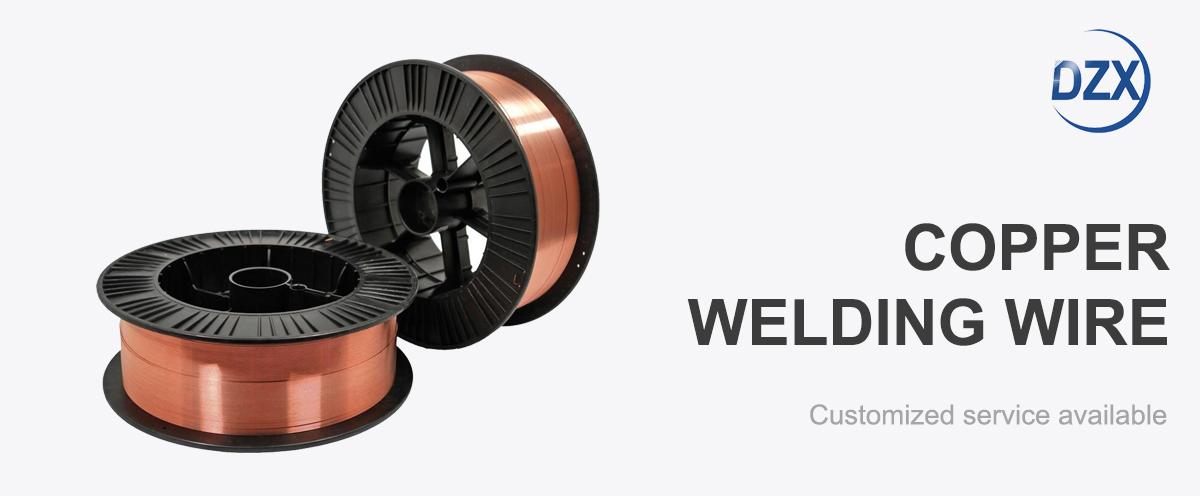
Our ERCuSn-A phosphor bronze welding wire is a rock-solid choice for shipbuilding repairs and corrosion-resistant bronze applications. With around 5% tin in a copper base, this wire delivers strong, durable welds that stand up to harsh marine environments. Designed for TIG and MIG welding, it offers a smooth arc, minimal spatter, and clean bead appearance. It’s perfect for joining bronze, brass, or copper components and repairing worn parts like propellers or fittings. This wire is built to keep ships sailing strong with welds that resist corrosion and wear.
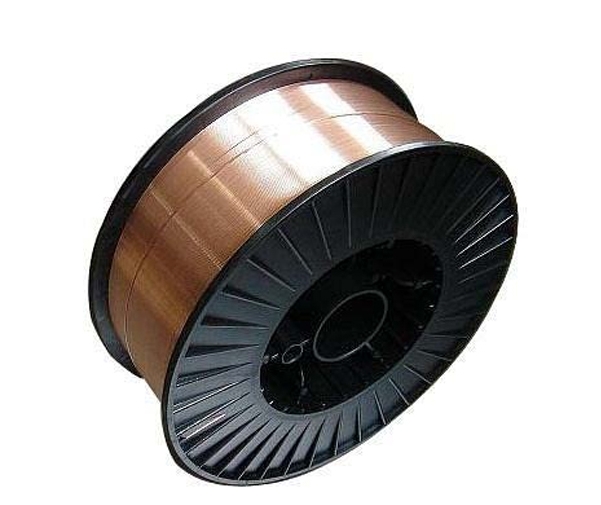
We’ve crafted our ERCuSn-A wire to tackle tough marine repairs. The 5% tin content boosts weld strength and corrosion resistance, with tensile strength around 45,000-55,000 psi, making it ideal for shipbuilding. It’s especially good in salty, wet conditions, protecting welds from seawater corrosion. The wire’s smooth flow ensures precise, clean welds, whether you’re fixing a propeller or joining bronze fittings. It’s versatile enough for both manual and automated welding, delivering reliable results for critical marine components.
For more other size details, pls directly contact us
The copper-based welding wire market is cruising along, expected to hit USD 4.5 billion by 2030 with a 5.5% CAGR. Shipbuilding and marine industries are key drivers, demanding materials that resist corrosion and wear in harsh saltwater environments. Phosphor bronze wires like ERCuSn-A are in high demand for their durability and ability to meet strict marine standards. With global shipbuilding growing—especially for offshore vessels and renewable energy platforms like tidal systems—the need for reliable, corrosion-resistant welding solutions is stronger than ever.
Our ERCuSn-A wire is a go-to for shipbuilding repairs, from propeller shafts to hull fittings and seawater piping. Its corrosion resistance makes it perfect for bronze components exposed to saltwater, ensuring long-lasting welds. It’s also great for joining brass or copper alloys and repairing worn parts like pumps or valves in marine environments. Beyond ships, it’s used in coastal infrastructure and marine renewable energy systems, where durability and resistance to corrosion are critical.
| AWS Classification | Applications |
| ERNiCr-3 | Used for welding 600, 601, and 800 alloys and dissimilar welding between stainless steel and carbon steel |
| ERNiCrFe-7 | Suitable for welding nickel-chromium-iron alloys under ASTM B163, B166, B167, and B168 standards |
| ERNiCrFe-6 | Designed for welding steel to nickel-chromium-iron alloys, as well as stainless steel to nickel-based alloys |
| ERNiCrCoMo-1 | Used for welding nickel-chromium-cobalt-molybdenum alloys and various high-temperature alloys |
| ERNiCrMo-3 | Suitable for nickel alloy, carbon steel, stainless steel, and low alloy steel welding, primarily used for 625, 601, 802 alloys, and 9% nickel alloys |
| ERNi-CI | Used for welding commercially pure nickel, malleable cast iron, and gray cast iron |
| ERCuNi | Suitable for welding 70/30, 80/20, and 90/10 copper-nickel alloys |
| ERNiCu-7 | Used for welding nickel-copper alloys such as B127, B163, B164, and B165 |
| ERNi-1 | Designed for welding pure nickel castings and forgings, including those under ASTM B160, B161, B162, and B163 standards |
| ERNiFeMn-CI | Suitable for welding nodular cast iron, ductile iron, malleable cast iron, and gray cast iron, as well as their dissimilar welding to stainless steel, carbon steel, low alloy steel, and various nickel alloys |
| ERNiCrMo-4 | Used for welding nickel-chromium-molybdenum alloys, or for welding nickel-chromium-molybdenum alloys to steel and other nickel-based alloys |
| ERNiCrMo-11 | uitable for self-welding nickel-chromium-molybdenum alloys, dissimilar welding with steel and other nickel alloys, and also for cladding applications |
| ERNiCrMo-13 | Used for welding low-carbon nickel-chromium-molybdenum alloys |
| ENiCrMo-3 | Designed for welding nickel-chromium-molybdenum alloys, including 625, 800, 801, 825, and 600 |
| ENiCrFe-3 | Used for welding nickel-chromium-iron alloys and for dissimilar welding with carbon steel |
| ENiCrFe-2 | Suitable for welding austenitic steel, ferritic steel, and high-nickel alloys, also used for 9% nickel alloy welding |
| ENiCu-7 | Primarily used for welding nickel-copper alloys and their dissimilar welding with steel |
| ENiCrFe-7 | Ideal for welding 690 (UNS N06690) nickel-chromium-iron alloys |
| ENiCrMo-4 | Designed for C-276 alloy welding and most nickel-based alloys |
| ENiCrCoMo-1 | Suitable for welding nickel-chromium-cobalt-molybdenum alloys and various high-temperature alloys |
| ERCuNi | Used for welding forged or cast 70/30, 80/20, and 90/10 copper-nickel alloys |
| ENiCrMo-13 | Used for welding low-carbon nickel-chromium-molybdenum alloys |
| ENiCrMo-11 | Used for welding low-carbon nickel-chromium-molybdenum alloys |
| Welding Wire Type | Density (g/cm³) | Melting Point (°C) | Electrical Conductivity (% IACS) | Coefficient of Thermal Expansion (10⁻⁶/°C) | Tensile Strength (MPa) | Yield Strength (MPa) | Elongation at Break (%) |
| Carbon Steel Welding Wire | 7.85 | 1450 | 8-10 | 11.8 | 400-550 | 300-400 | 20-25 |
| Stainless Steel Welding Wire | 7.9 | 1350-1450 | 2-5 | 16-17 | 550-650 | 300-400 | 30-40 |
| Aluminum Welding Wire | 2.7 | 600-660 | >60 | 23.1 | 150-200 | 75-100 | >20 |
| Nickel Alloy Welding Wire | 8.4 | 1350-1400 | 1-2 | 13.1 | 600-800 | 400-600 | 30-40 |
| Welding Rod Type | Coating | Electrical Resistivity (10⁻⁶ Ω·cm) | Hardness (HV) | Heat Resistance (°C) | Tensile Strength (MPa) | Yield Strength (MPa) | Elongation at Break (%) |
| Carbon Steel Welding Rod | Acid coated, alkaline coated | 10-15 | 150-200 | < 450 | 400-550 | 300-400 | 20-25 |
| Stainless Steel Welding Rod | Acid coated, alkaline coated | 60-80 | 200-400 | < 800 | 550-750 | 350-450 | 25-35 |
| Cast Iron Welding Rod | Alkaline coated | 90-120 | 250-450 | 300-600 | 300-500 | 150-300 | 10-20 |
| Nickel Alloy Welding Rod | Alkaline coated | 80-100 | 200-300 | < 1200 | 700-900 | 450-650 | 20-35 |
For more other size details, pls directly contact us
Sustainability is a big deal in shipbuilding, with a push for materials that extend equipment life and cut maintenance costs. Our ERCuSn-A wire delivers with its corrosion and wear resistance. Automation is also trending—robotic welding is becoming common in shipyards, and our wire’s consistent feed and stable arc make it a top pick. Stricter environmental and safety regulations in marine industries demand welds that hold up under tough conditions, and our wire meets those standards with ease.
Here’s how our ERCuSn-A stacks up against other copper-based welding wires:
Parameter | ERCuSn-A (Ours) | ERCu | ERCuSi-A | ERCuNi5Fe1 |
|---|---|---|---|---|
Composition | ~5% Tin | Pure copper | ~3% Silicon | ~5% Ni, ~1% Fe |
Corrosion Resistance | Good (Seawater, moist environments) | Moderate (General) | Good (Mild environments) | Excellent (Seawater, chemicals) |
Primary Use | Bronze, brass, shipbuilding repairs | Pure copper | Copper, galvanized steel | Cu-Ni alloys, marine pipelines |
Shipbuilding Suitability | High (Corrosion-resistant repairs) | Low (Limited corrosion resistance) | Moderate (Less durable) | High (Seawater-focused) |
Weldability | Excellent (Stable arc, low spatter) | Good (Higher spatter risk) | Excellent (Smooth arc) | Excellent (Stable arc) |
Tensile Strength (psi) | ~45,000-55,000 | ~30,000-40,000 | ~50,000 | ~50,000-60,000 |
Wear Resistance | Good (Marine components) | Moderate | Moderate | Moderate |
Cost-Effectiveness | High (Versatile, durable) | High (For copper) | High (For specific uses) | Moderate (Niche marine use) |
Our ERCuSn-A is a standout for shipbuilding, offering a perfect balance of corrosion resistance and affordability.
We’re proud of our ERCuSn-A wire, built to meet AWS A5.7 standards with high-purity materials for clean, reliable welds. Our manufacturing process ensures zero defects, so the wire feeds smoothly in TIG and MIG setups, whether manual or automated. Available in various diameters and spool sizes, it’s tailored to fit your shipbuilding repair needs. Our team’s always ready with expert guidance to help you achieve strong, corrosion-resistant welds that keep ships in top shape.
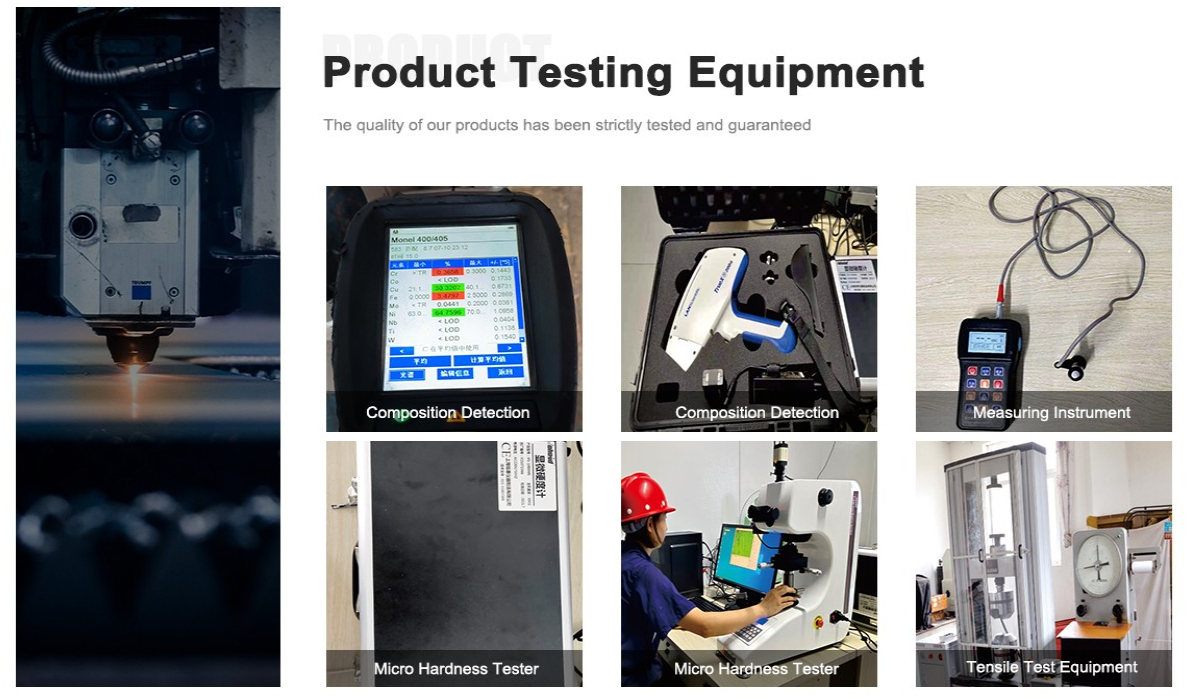
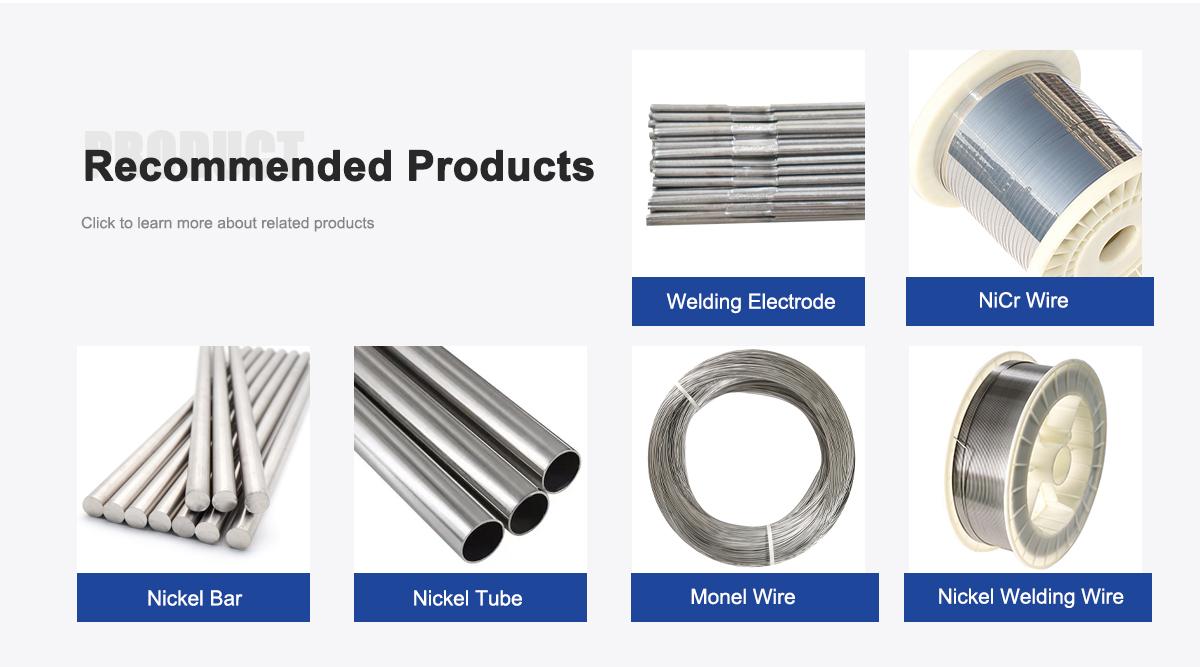
About Us:
Our 12,000㎡ factory is equipped with complete capabilities for research, production, testing, and packaging. We strictly adhere to ISO 9001 standards in our production processes, with an annual output of 1,200 tons. This ensures that we meet both quantity and quality demands. Furthermore, all products undergo rigorous simulated environment testing including high temperature, high pressure, and corrosion tests before being dispatched, ensuring they meet customer specifications. We also provide chemical analysis reports for every FeCrAl alloy, NiCr alloy, and other products purchased.
For all our clients, we offer timely and multilingual after-sales support and technical consulting, helping you resolve any issues swiftly and efficiently.
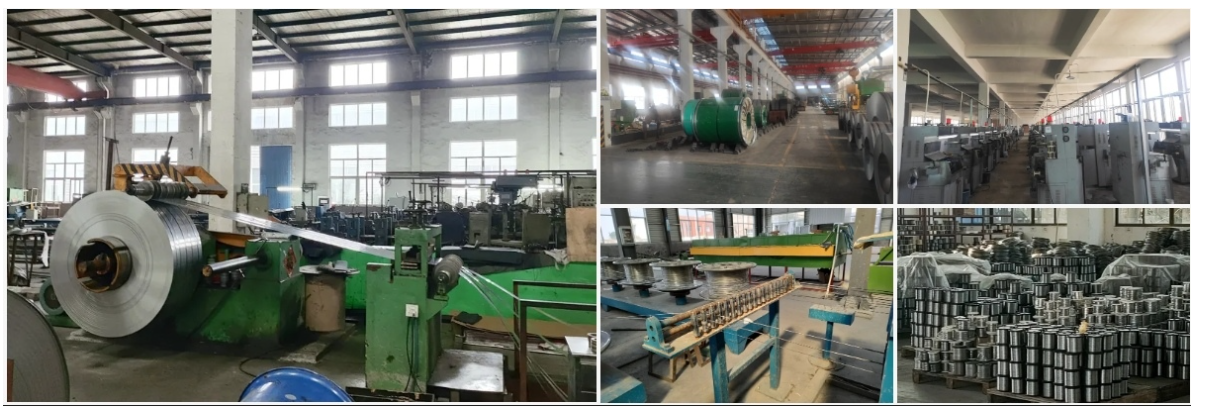
Client Visits
Building Stronger Partnerships
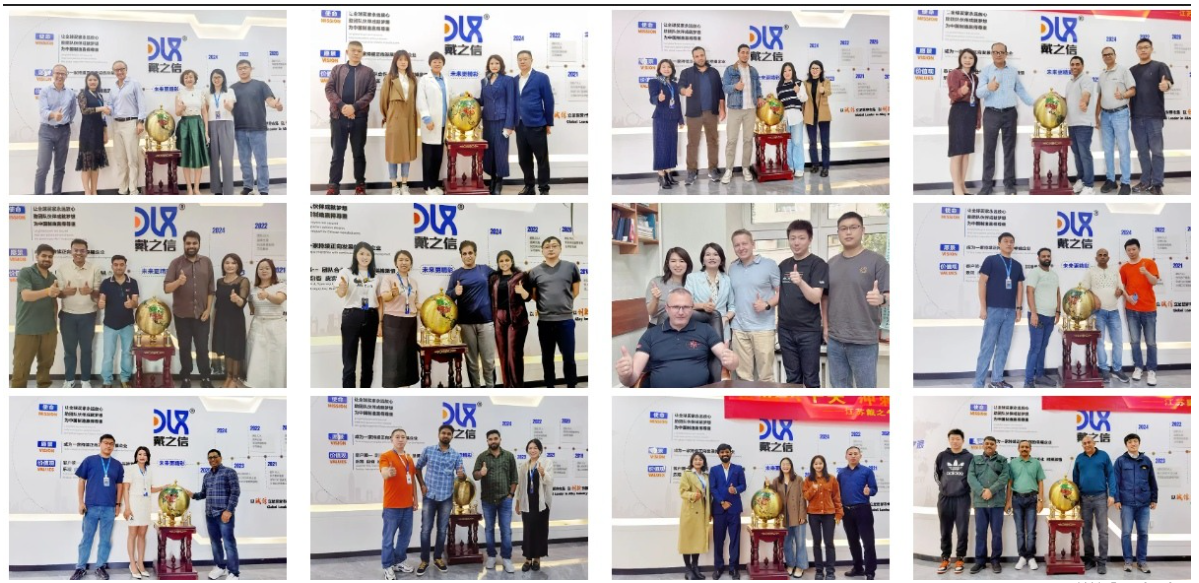
We support all kinds of testing:
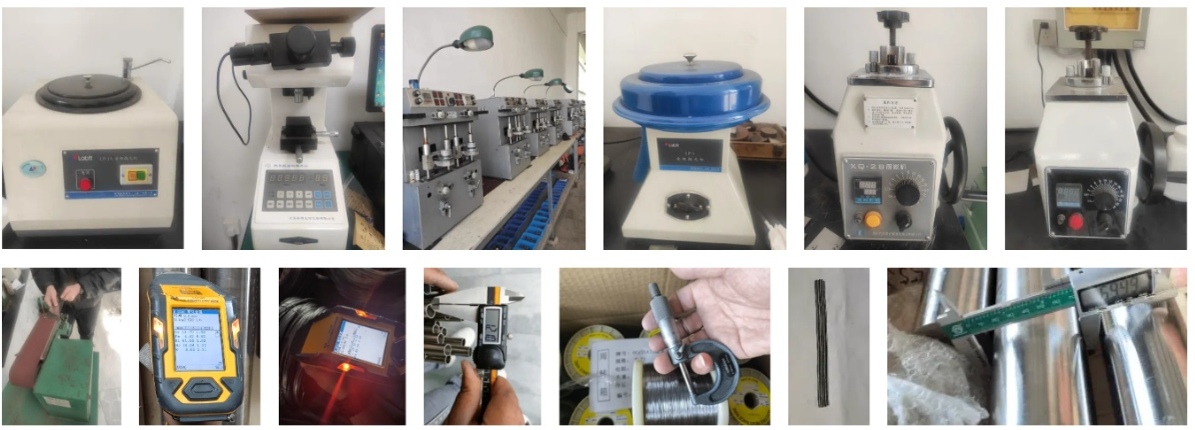

What makes ERCuSn-A great for shipbuilding repairs?
Its 5% tin content ensures corrosion-resistant, strong welds for bronze components in marine environments.
Can ERCuSn-A weld dissimilar metals?
Yes, it’s ideal for joining bronze, brass, or copper to steel with durable, reliable welds.
What industries use ERCuSn-A wire?
Shipbuilding, marine infrastructure, and coastal energy systems for corrosion-resistant repairs.
How does ERCuSn-A compare to ERCuNi5Fe1?
ERCuSn-A is more cost-effective for bronze repairs, while ERCuNi5Fe1 excels in seawater pipeline welding.
Is ERCuSn-A suitable for propeller repairs?
Absolutely, its wear and corrosion resistance make it perfect for bronze propeller repairs.
What shielding gas works best with ERCuSn-A?
Pure argon at 15-20L/min is ideal for TIG welding to ensure clean, stable welds.
Can ERCuSn-A be used in automated welding?
Yes, its smooth feed and stable arc are perfect for robotic welding in shipyards.
Why choose ERCuSn-A over ERCuSi-A?
ERCuSn-A offers better corrosion and wear resistance for marine repairs, while ERCuSi-A suits plumbing.
Our ERCuSn-A phosphor bronze welding wire is a top choice for corrosion-resistant shipbuilding repairs. Its strength, durability, and resistance to seawater make it perfect for propellers, fittings, and marine piping. With industry trends favoring sustainability and automation, our wire keeps you ahead of the game. Choose us for quality, reliability, and welds that keep ships sailing strong in the toughest conditions.